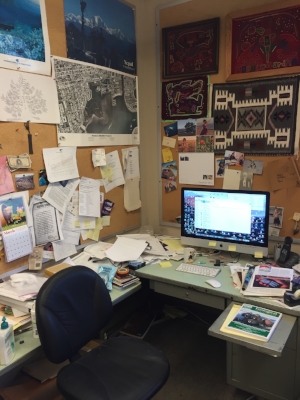What is a virtual cadaver lab? Technically possible because of 21st century IT and the gaming industry, a 'Virtual Reality' lab provides a 3D, anatomical exploration of the human body in real time, with the useful ability to record and playback procedures, practice on multiple "specimens", regenerate features and delete mistakes. As there are over 60K medical students, hundreds of thousands of allied health workers and millions of high school students studying anatomy, and as fewer than 20,000 cadavers become available annually, virtual labs (really a high-tech, touchscreen table) are exceedingly important to medical education at all levels. Additionally, educators are now also using mixed reality VR headsets, like Oculus Rift or HoloLens, especially during Covid's enforced move to online anatomy labs.
Why does a college consoler (intentional spelling!) care about virtual labs? Well, you probably know that the job outlook for the allied health profession is healthy and growing: the demand for medical assistants, who earn $16+/hour with minimal post-secondary education, results in a 19% job growth rate over the next ten years. That said, did you know that the major constraint on most allied health training programs is the lack of clinical placement? This is why virtual training labs are so important. Virtual labs, while not cheap, can extend the number of "placements" thus educating more students. So when I dive deep into a health program’s admission statistics, if the program has 21st century tech, I’m more likely to recommend it to my students.
































